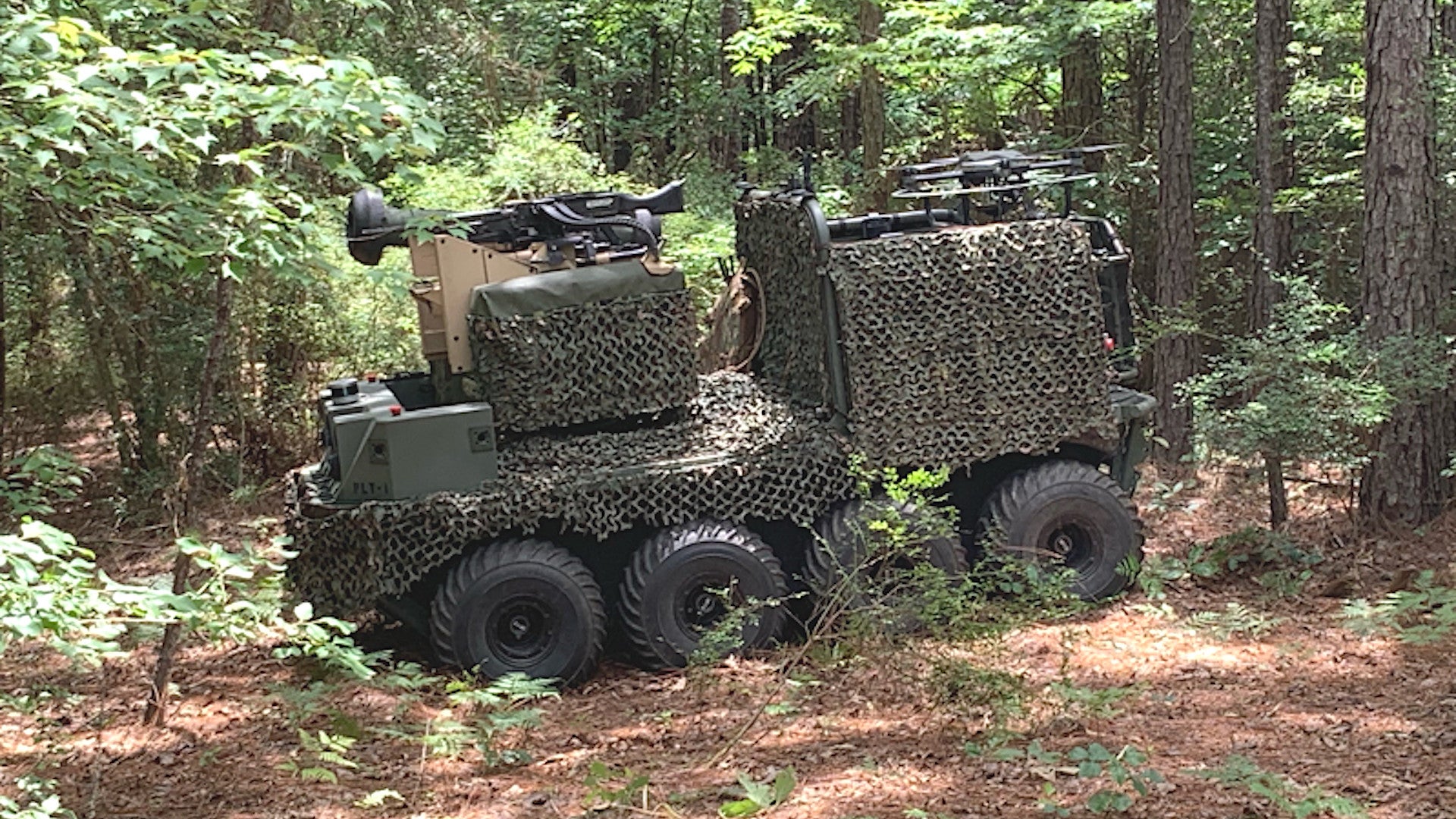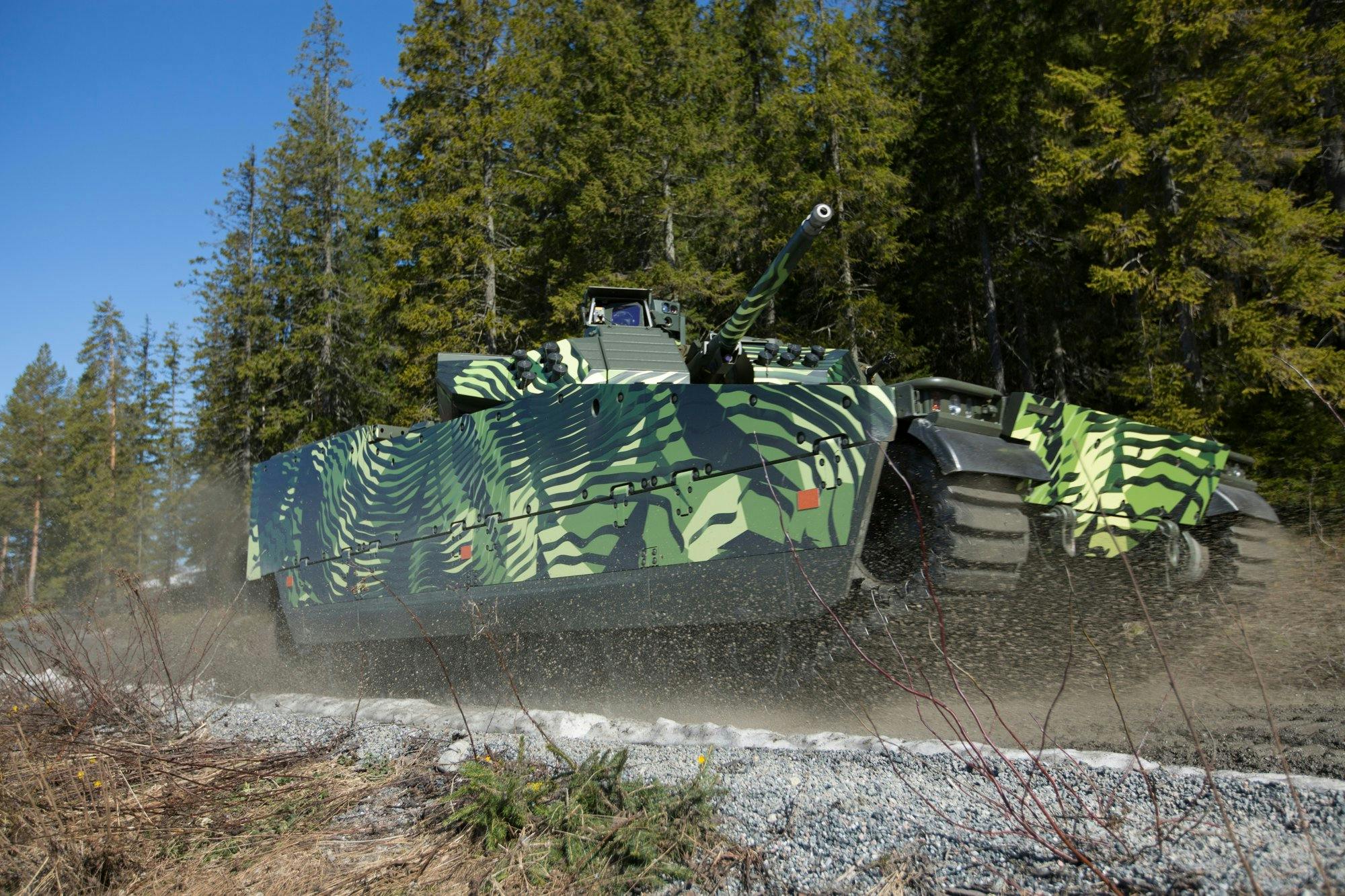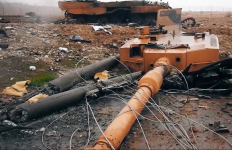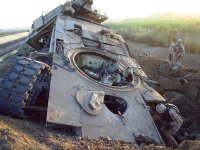- Reaction score
- 7,296
- Points
- 1,160
That sort of thinking killed Combat Support Companies in the Bn’s for years.
It’s not healthy for the Infantry from a combat effectiveness standpoint or a career progression standpoint.
I'll counter that it is not healthy for the infantry battalion to be a single trade combat element.
If the battalion is to continue as a readily deployable, full function, combat element then the Combat Support Coy, like the Service Support Coy, the Sigs, the Clerks and the Meds, should be filled by other trades. And transfers should be easy.
On the other hand, if the battalion were a collection of rifle companies then the correct response would be to create permanent battle groups with permanent cross attachments. If battalion clerks can wear infantry badges then battalion gunners (FOOs, Mortars, AD, and AT), battalion black hats (vehicle crews) and battalion engineers (pioneers and sappers) can too.
In the US, correct me (I don't why I bother asking - you will) but the Infantry battalion contains a permanent arty element with its dedicated FOO/FAC teams.
Airspace control is a vital aspect of current and future conflicts.
I addressed it a little bit in my response to you in a comment above.
I’m of the opinion that the Air Force needs to ‘own’ the airspace, and the only time the Army owns it is if the Air Force isn’t flying in it (which can be for several reasons).
Great stuff. Then the Air Force needs to take on the Air Defence responsibility. But will the Air Force then allow MANPADS and MSHORADs the liberty to shoot anything that is shooting at them?
And doesn't the Air Force need to protect its runways? At least until it stops building aircraft that need runways.
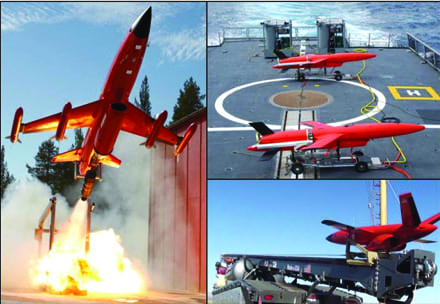

With more UAS, and NLOS Missile systems as well as Artillery and Rockety in the air, deconfliction becomes an exceptionally important aspect.
Absolutely.
Whose job is that?
The job of the Air Force Bombardier or the Arty Bombardier? The Air Force is nothing but Gunners with Wings.


